Bad news is coming for residents in the Golden State. A hidden fee will soon be applied to the gas pumps, making life even more unaffordable.
An emissions reduction policy may lead to more than 50 cents being added to each gallon of gas sold in an effort to quell the state’s air emissions.
The Emissions Reduction Program

The California Air Resources Board (CARB) met this past September to make sweeping decisions regarding clean air efforts. The state’s primary environmental regulator, CARB, has decided to make gas increasingly expensive over the next two years.
In addition to increasing water bills in California, gas is another overly expensive bill many people have trouble keeping up with.
Efforts to Improve Air Quality in the State

Environmental groups and state officials have pledged to clean up the poor air quality affecting the residents of California.
However, the sneaky tax will burden regular citizens, who may be unable to afford gas due to extreme price increases.
California Republicans Are Opposing the Tax Increase

California State Senator Janet Nguyen (R) has been an outspoken opponent of tax hikes in her district.
The noted tax hawk told Fox News Digital that the “secret” tax “would penalize the majority of Californians.” She discussed the difficulties most people will face when attending school, work, or doctor’s appointments.
Nguyen Calling Out Taxes on Taxes

Sen. Nguyen has also brought up the issue of the secrecy of the imposed fee on gas pumps.
She notes that many residents will not know the difference between carbon taxes and regular state taxes imposed on gas. She says the added fees feel like “a tax on a tax” and reprimanded state authorities for imposing a fee without proper transparency.
High Gas Prices Caused by the Low Carbon Fuel Standard Reforms

The report published by CARB focuses on emissions standards set out in the Low Carbon Fuel Standard Reforms enacted in 2007.
The imposed fees are meant to reduce the number of people buying gas and emitting harmful fumes. However, in the growing state of California, which lacks adequate public transportation, the fee will likely make life increasingly difficult.
Specific Price Increases on Fuel

The report shows that gas prices will likely rise by 47 cents in the next year and reach 52 cents by 2026.
Along with standard gas, diesel, boat, and jet fuel will all increase by as much as $1.21 per gallon by the year 2046.
The Air Resources Board Is Focused on Transitioning Residents to Using EVs
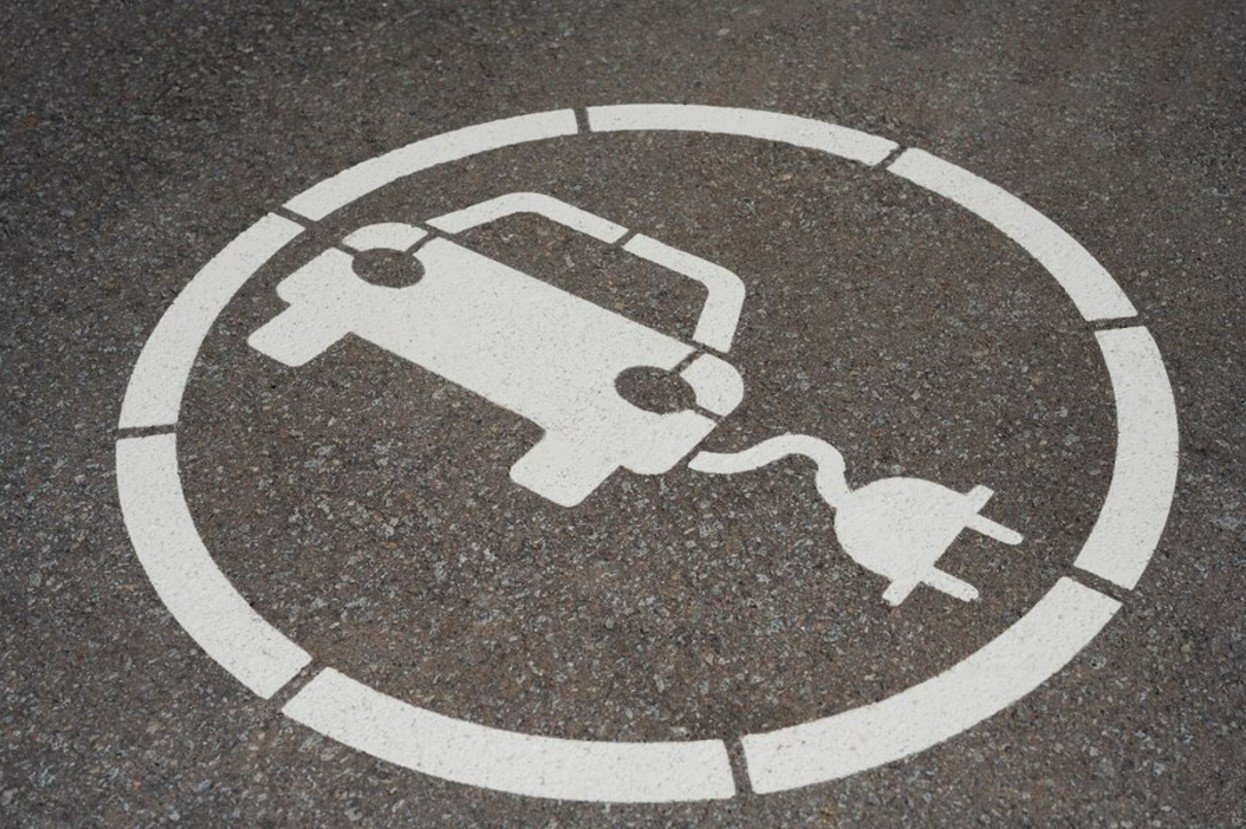
Officials who published the report gave a statement regarding the speculations of the price increases.
They claim that the gas price increases are currently “incomplete” but still push the tax savings available to residents who switch to electric-powered vehicles.
Republicans Have Long Fought Against the EV Push
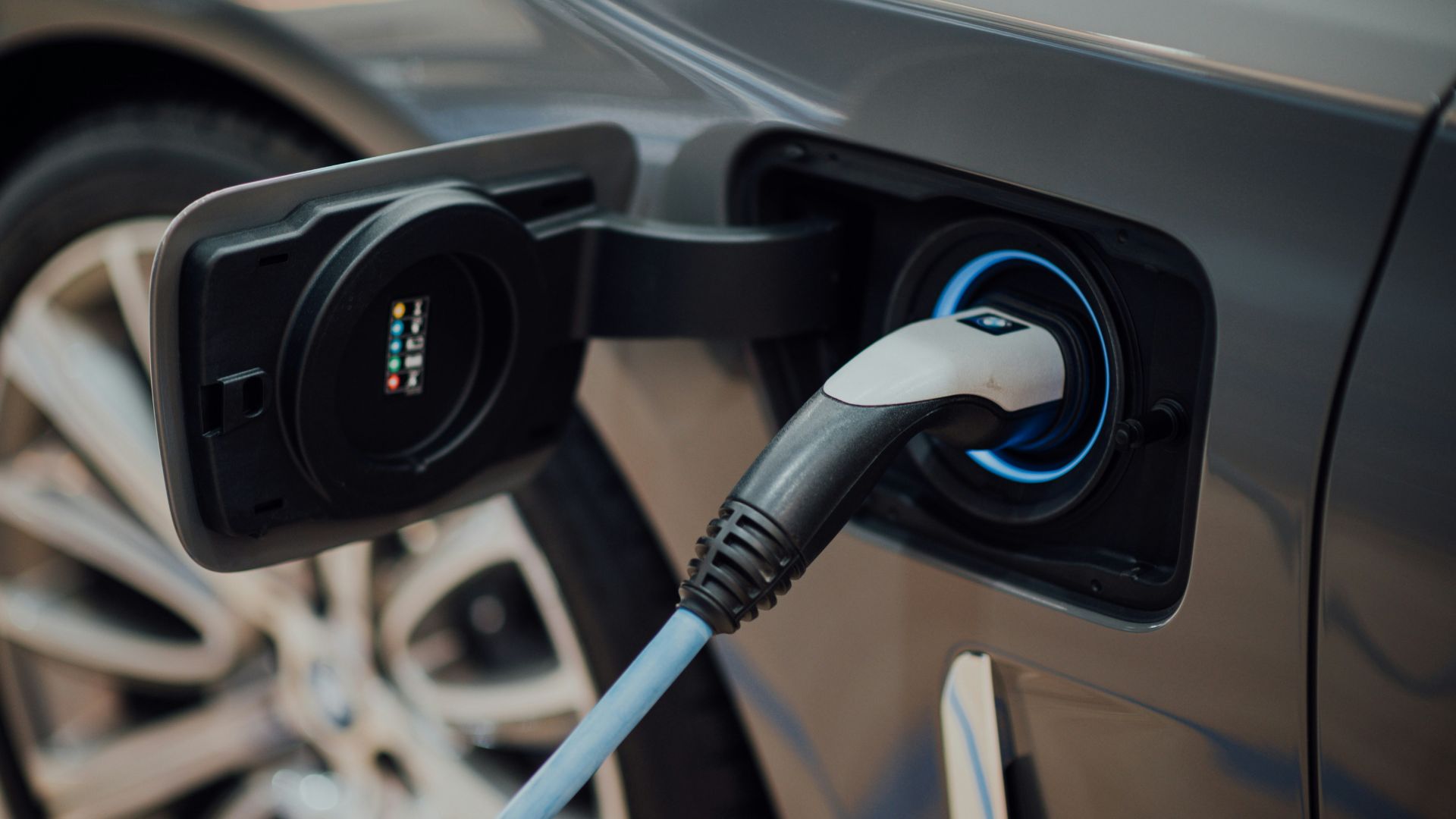
The Environmental Protection Agency and the Biden Administration have been focusing on banning the sale of gas-powered cars in the future in an attempt to halt gas emissions.
Republican lawmakers have been outspoken about the unfair methods that the current administration has enacted to force Americans to choose electric vehicles as the only option.
Aggressive Climate Agenda Backing the Transition

CARB has targeted passenger cars, heavy-duty trucking, freight trains, and harbor boats as the country’s biggest sources of gas-powered emissions.
The harsh regulations have come as the government intends to finalize sweeping emissions standards. The groups will focus on moving away from individuals purchasing gas cars to electric or hybrid options.
California Is Leading the Charge on Phasing Out Gas Cars
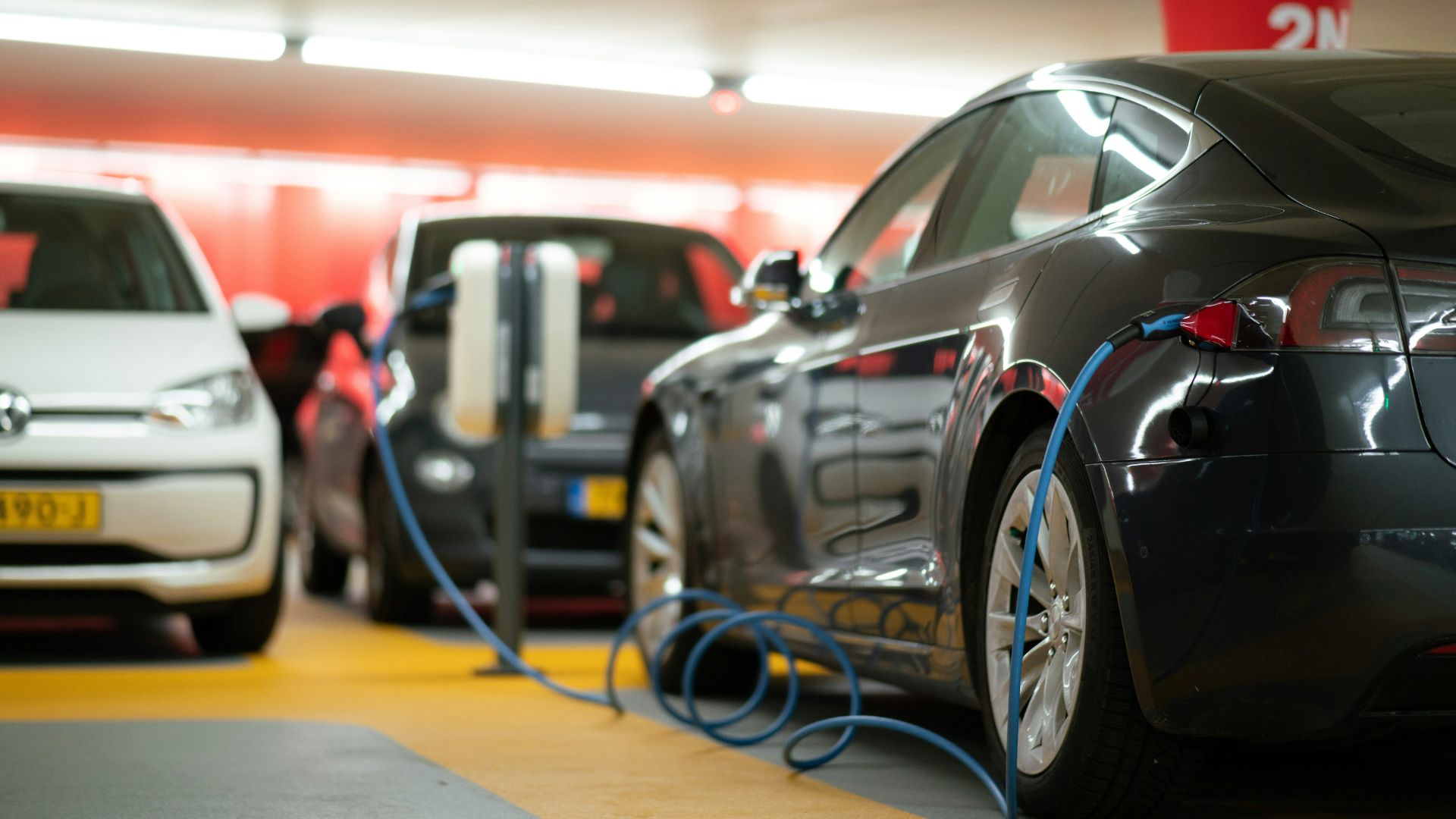
California is well known as a leader in new technology and environmentalism. The state has ramped up efforts to avoid using natural gas by offering to buy back gas-powered cars from residents.
Also, the state has mandated that by 2035, 100% of car sales will be electric. The push comes from mandates focusing on a zero-emission future in the state.
Gavin Newsom Is Behind the Sweeping Changes
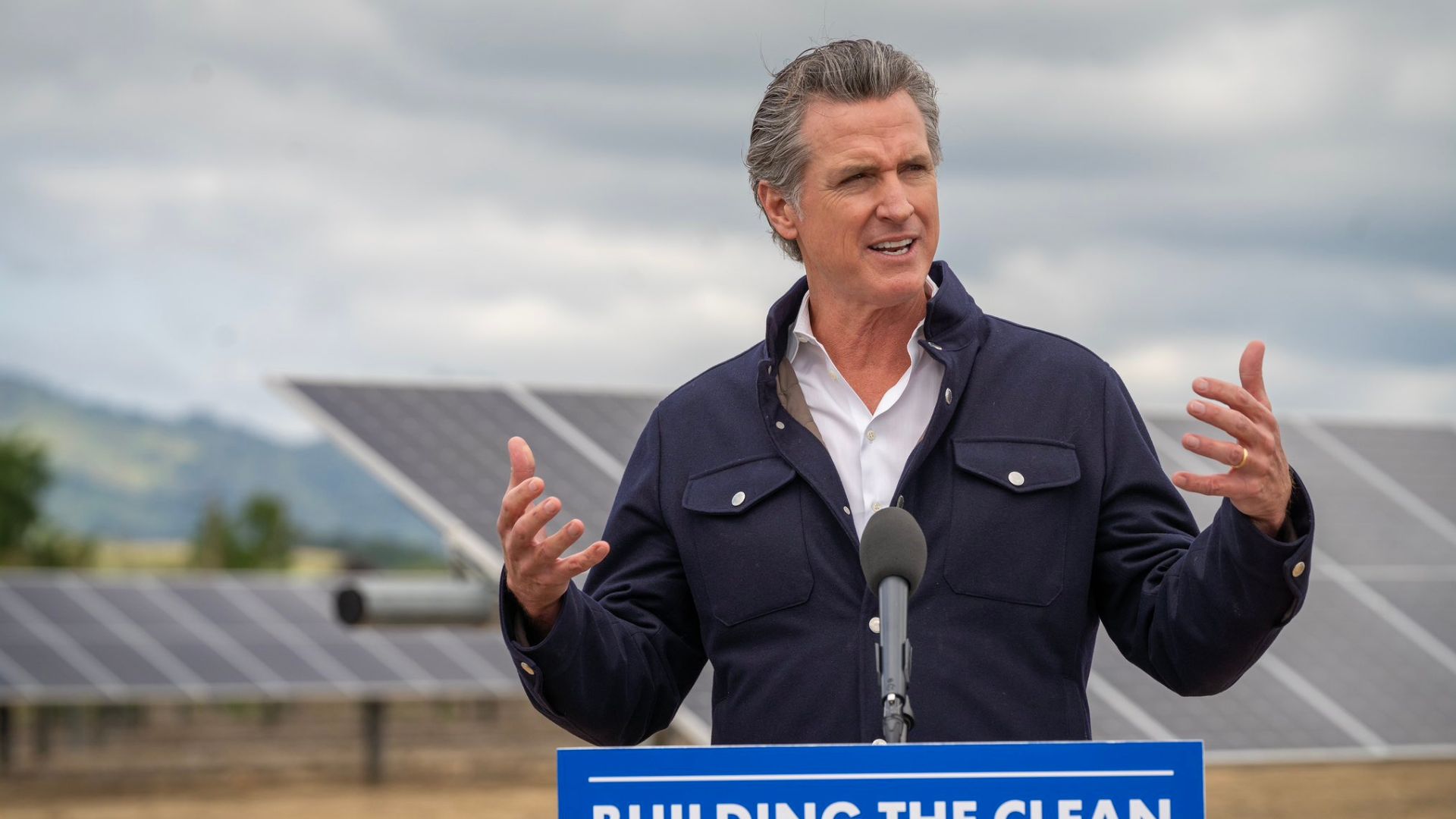
Two years ago, Gov. Newsom outlined the California Climate Commitment as part of the state’s efforts to clean up the environment and get ahead of global warming.
The plan outlined the mission to phase out reliance on fossil fuels and instead invest in electric-powered cars. The plan’s long-term goals show that the state will cut its dependence on natural gas by 94% by 2045.
Impact on Small Businesses

The increase in gas prices will have a significant impact on small businesses, particularly those relying on transportation. Delivery services and trucking companies face higher operational costs, potentially leading to increased prices for consumers.
Many small businesses may struggle to absorb these costs, resulting in potential cutbacks, layoffs, or even closures, further stressing California’s economy.
Strain on Transportation Industries
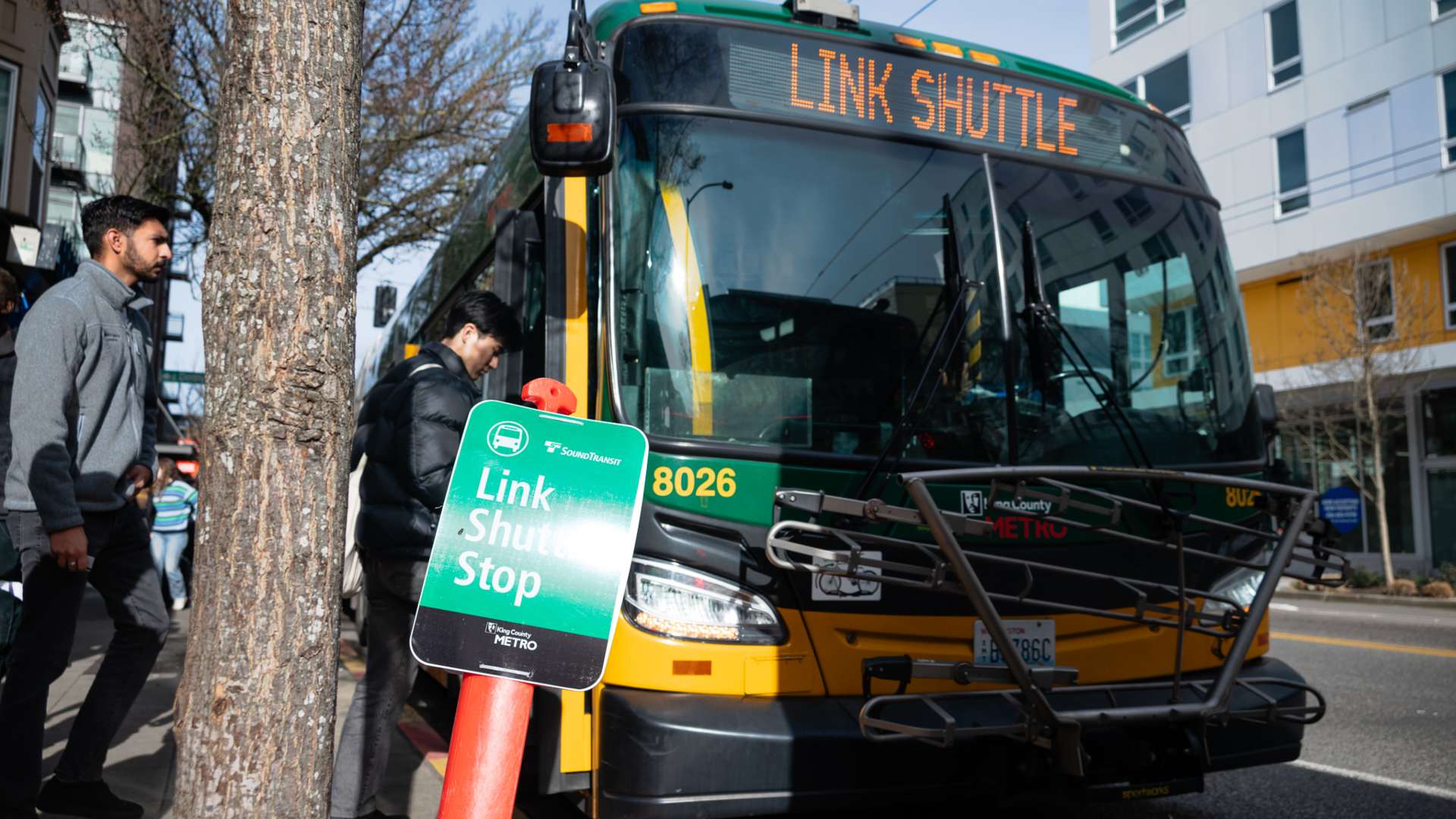
Transportation industries, including public transit systems, will also feel the pinch of rising gas prices.
Interestingly, however, is that higher gas prices may actually result in more people choosing to use public transportation or making the switch to electric vehicles.
Investments in Alternative Energy

California is ramping up investments in alternative energy to support the transition from fossil fuels. The state is expanding its network of EV charging stations, making electric vehicles more accessible.
Additionally, incentives for solar energy installations and subsidies for renewable energy projects aim to reduce reliance on traditional energy sources, paving the way for a cleaner, sustainable future.
Promoting Renewable Energy Projects
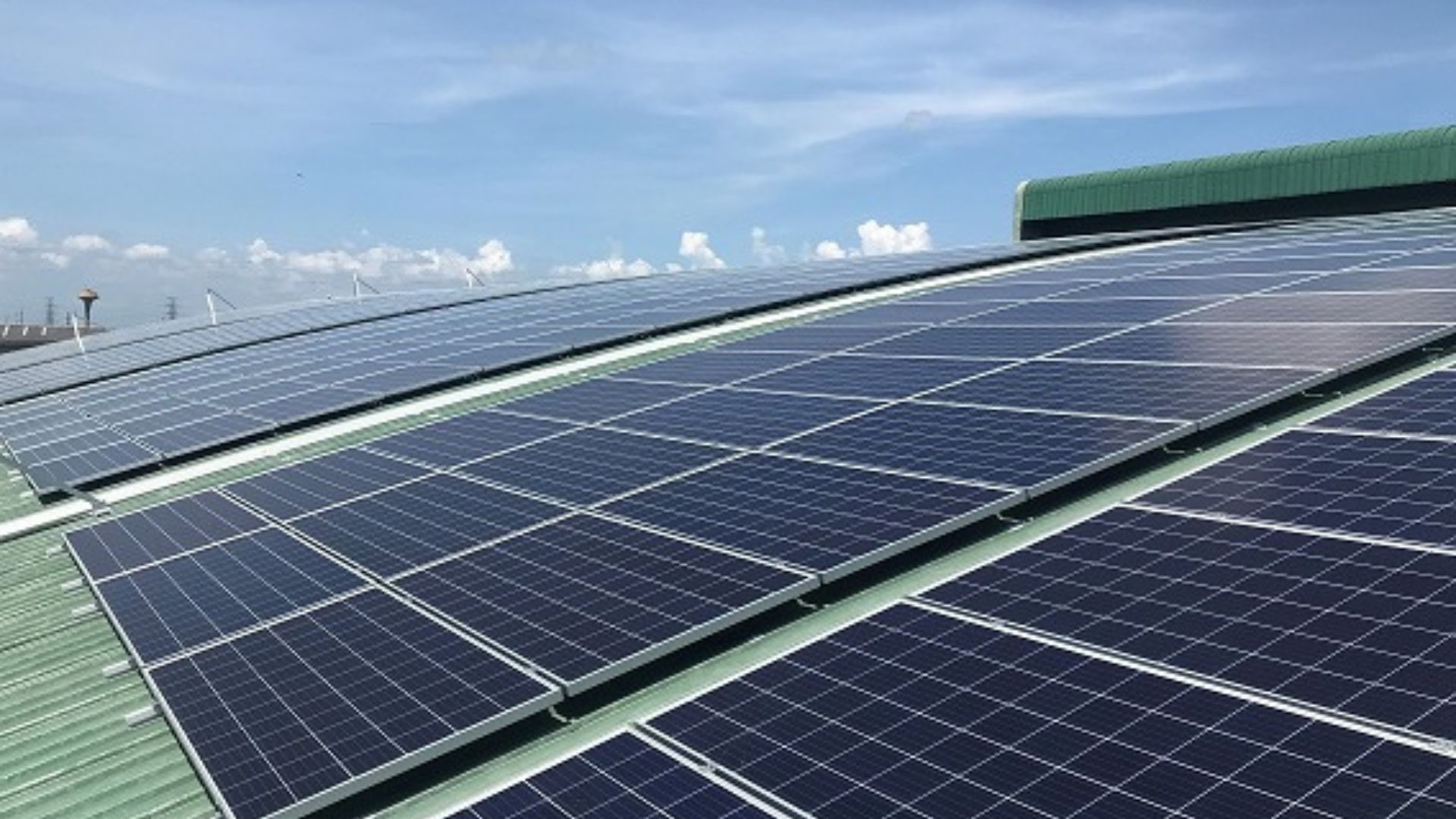
To further mitigate the impact of rising gas prices, California is promoting renewable energy projects. Investments in wind, solar, and hydroelectric power are increasing, creating jobs and driving innovation in the energy sector.
These projects not only help reduce emissions but also provide long-term economic benefits by fostering a resilient and diversified energy portfolio.
Economic Impact on Low-Income Communities

Low-income communities are likely to be hit hardest by the gas price increase. With limited access to public transportation and EVs, these residents will face higher commuting costs.
This financial strain could lead to increased poverty and decreased mobility, making it more challenging for people to access jobs, education, and essential services, exacerbating social inequalities.
Challenges for Rural Areas

Similarly, rural areas, where public transportation options are scarce, will also suffer from the gas price hike. Residents in these regions often rely on personal vehicles for long commutes, making the increase in fuel costs particularly burdensome.
This situation could lead to greater isolation and economic hardship for rural communities, highlighting the need for targeted support and infrastructure improvements beyond major cities.
Technological Innovations in Emission Reduction
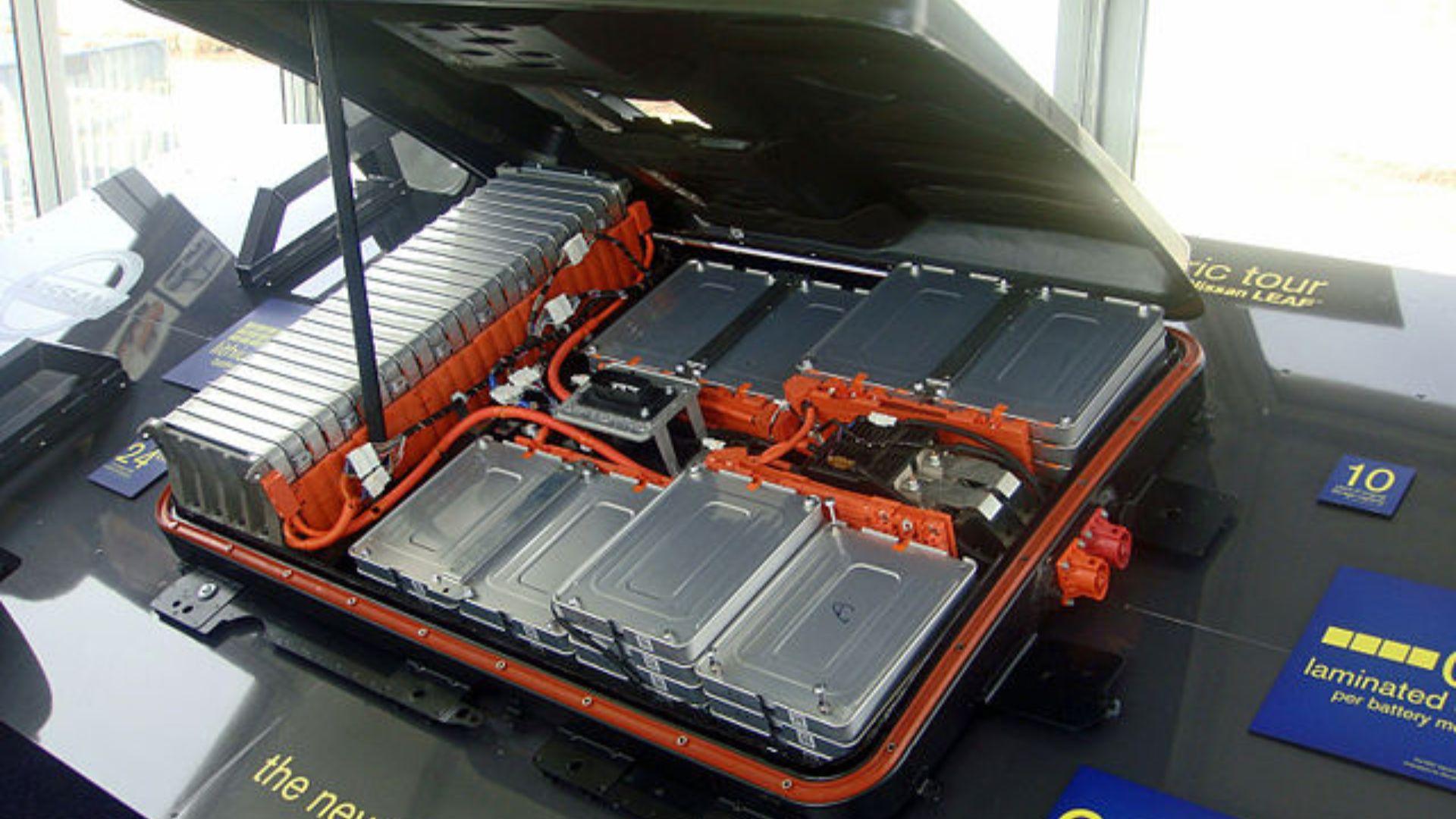
Technological advancements are playing a crucial role in emission reduction efforts. Innovations such as carbon capture and storage, hydrogen fuel cells, and more efficient combustion engines offer promising solutions.
These technologies can help mitigate the impact of higher fuel prices by providing cleaner alternatives and reducing overall emissions, contributing to California’s environmental goals.
Benefits of Cleaner Technologies
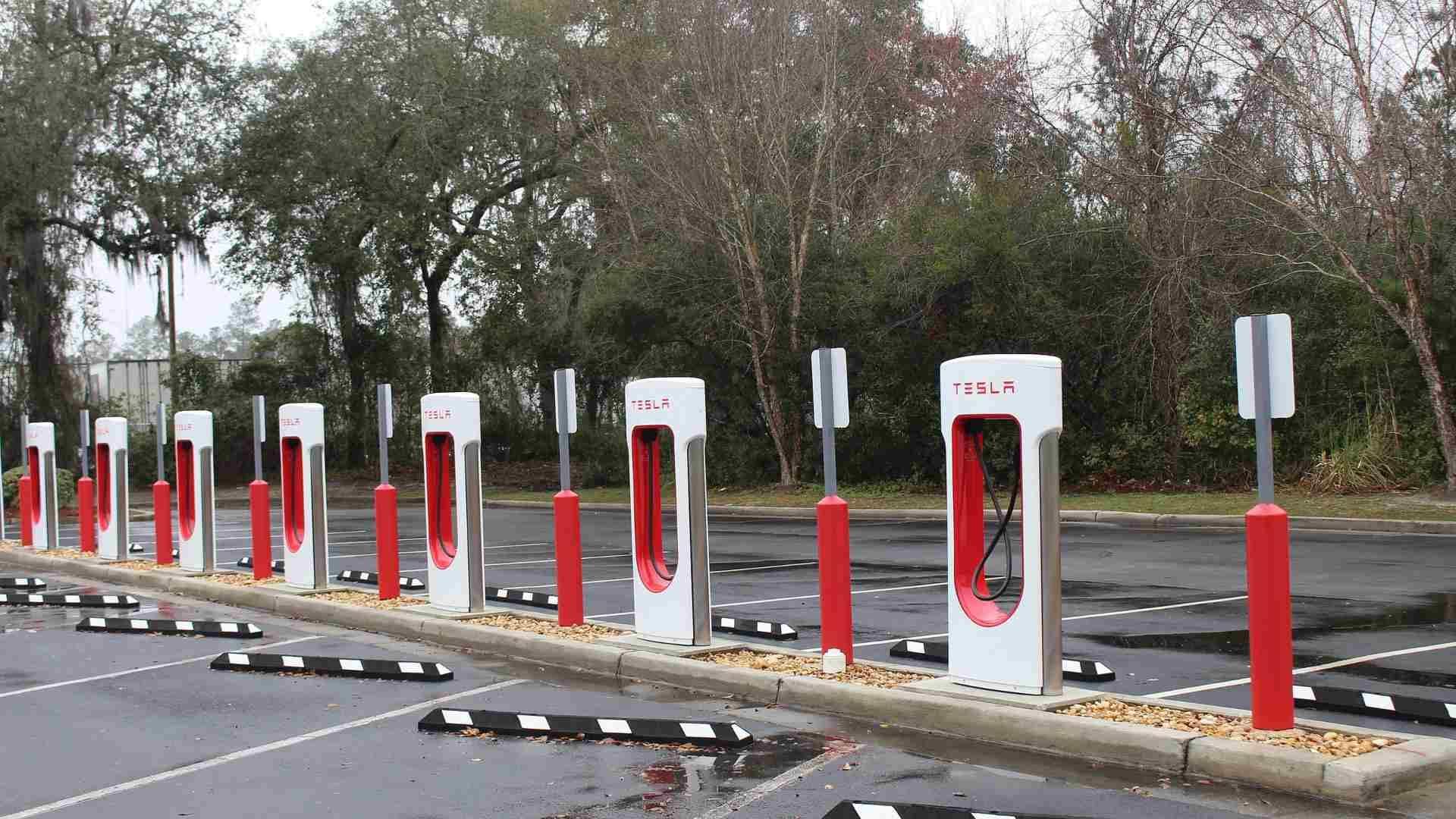
Adopting cleaner technologies not only helps in reducing emissions but also offers economic benefits. Electric and hybrid vehicles, for instance, have lower operating costs over their lifetimes compared to traditional gas-powered cars.
This shift can lead to significant savings for consumers and businesses, promoting wider acceptance and accelerating the transition to a greener economy.
Long-Term Health Benefits
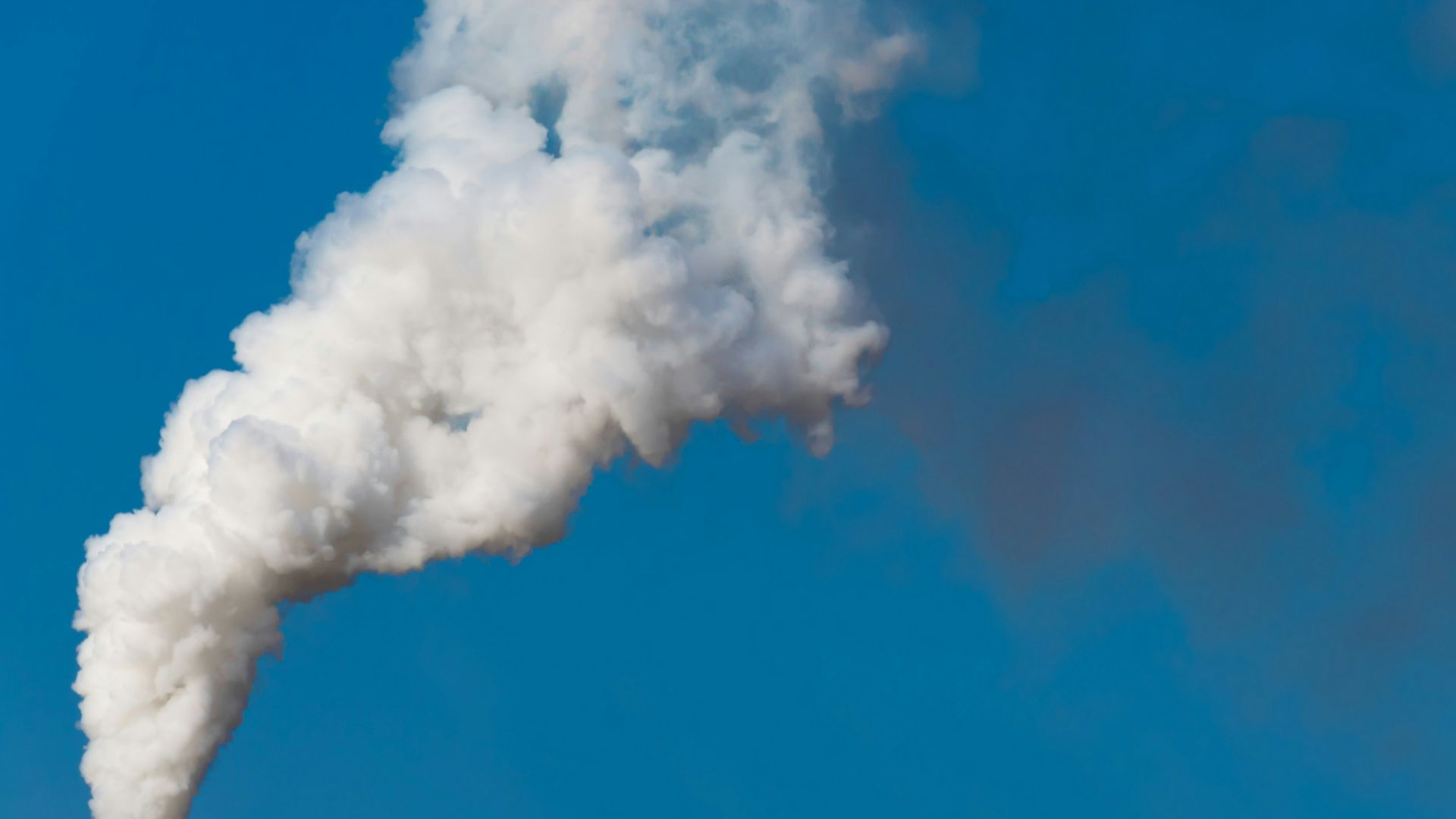
Reducing emissions through higher gas prices and cleaner technologies can lead to substantial long-term health benefits.
Improved air quality reduces respiratory and cardiovascular diseases, leading to lower healthcare costs and a healthier population.
Legal Challenges and Regulatory Hurdles
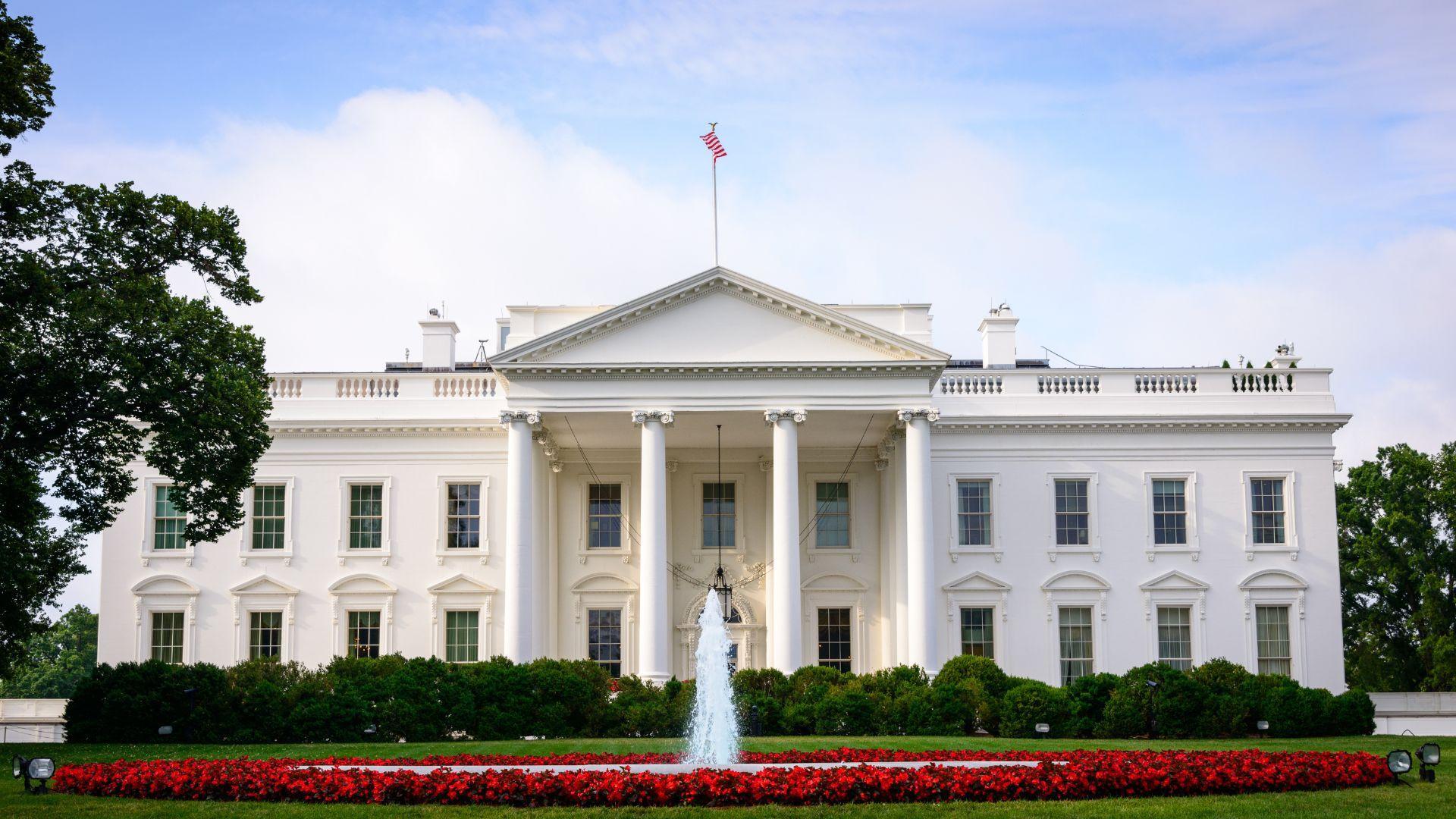
Implementing the gas price increase faces legal and regulatory challenges. Lawsuits from affected industries and opposition from certain political groups can delay or complicate the rollout of new policies.
Navigating these hurdles requires robust legal strategies and comprehensive stakeholder engagement to ensure that the intended environmental and economic benefits are realized.
Federal vs. State Regulations
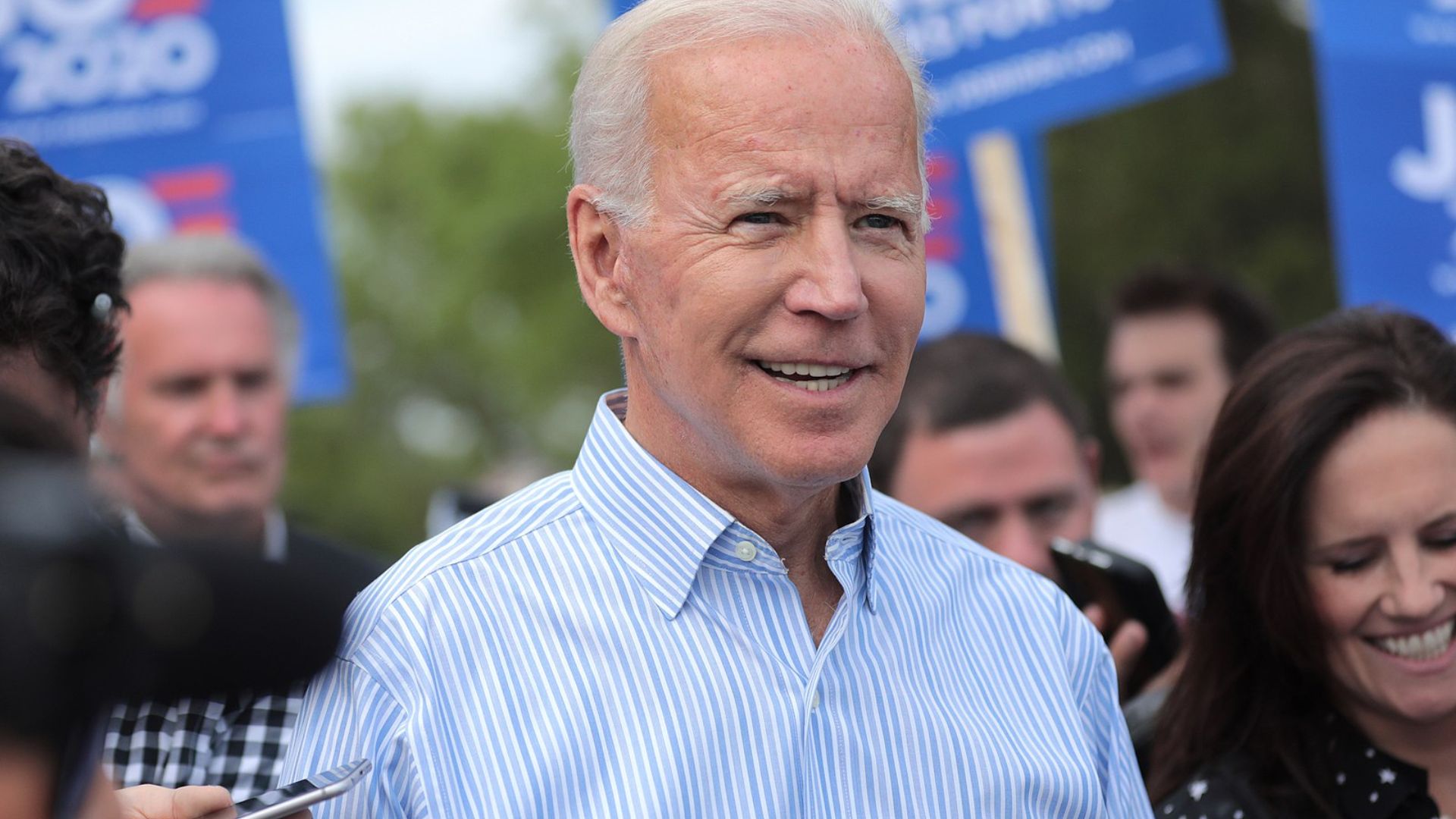
The interplay between federal and state regulations adds another layer of complexity to California’s emission reduction efforts. While federal policies under the Biden Administration support clean energy, there are often conflicts with state-level initiatives.
Harmonizing these regulations is crucial for the successful implementation of California’s ambitious climate goals and ensuring a unified approach to emission reduction.
Future Outlook and Strategies

Looking ahead, California will likely continue to innovate and adapt its strategies to meet emission reduction targets.
This includes investing in research and development for new technologies, enhancing public transportation infrastructure, and providing financial assistance to those most affected by the transition.








































